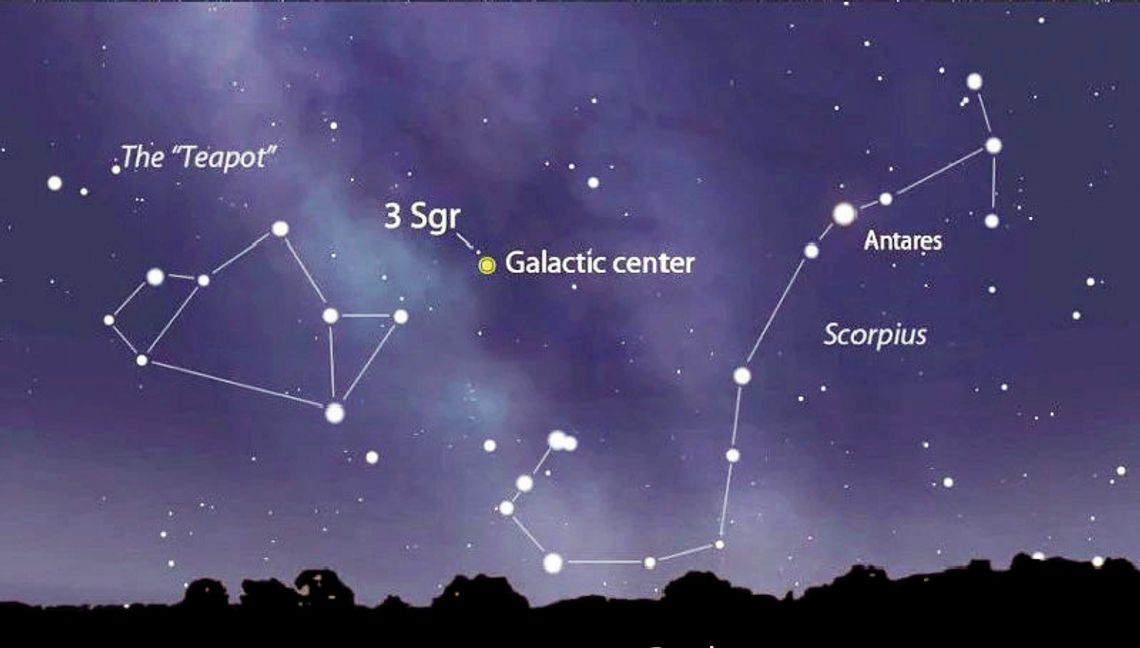NIGHT SKIES
In my neck of the woods, the River Mountain rural subdivision, we’re losing one of our most wondrous natural beauties.
The most precious things in the modern world are probably silence, solitude and darkness. Of these three rare things, true darkness may be the rarest of all.
We are losing it gradually, without mourning. We have been blind to the death of night. Less than 100 years ago, rural Texas essentially had no rural electricity, and therefore outdoor lighting, until the 1930s. This was thanks in no small part to Lyndon Johnson. Little did he know that frequently with the good comes the bad.
Not so long ago, only the gods could command the skies. Now we mortals flip a switch and erase the night, distorting the natural rhythms of time.
In my backyard about 4 miles north of Highway 46, I have documented with a Dark Sky meter and an Excel spreadsheet over several years how the sky has brightened toward Bulverde and all along Hwy. 46 to the southeast. I take a reading for north, south, east, west and overhead.
It’s sad to see this happening. It occurs with every new house with outdoor lighting, every service station with poorly shielded lights, every new outdoor electronic billboard.
It occurs when someone from the city moves to the country then wants to bring the city with them.
They find it’s spooky to not have streetlights so they put up their own smaller versions, thereby blotting out the Milky Way which may have been one of the appeals of moving to the country in the first place.
I grew up on the far south side of a small city in West Texas, almost outside the city limits. There was a kind of freedom that I think we have lost, by and large, including, for instance, being allowed to roam the countryside until supper and play in the dark. Very few parents would allow children to do that kind of thing today.
This was in the ‘60s and most boys and some girls were watching the space race happen in real time. Our parents bought us telescopes and we formed local neighborhood astronomy clubs.
How many parents today would let a bunch of unsupervised 12-yearolds take their telescopes to a deserted, treeless lot to spend several hours in the dark?
For me the night has long been a friend. Somewhere I’ve read, and this isn’t an exact quote, “Night and the experience of darkness is not the place of evil and sin but rather the place where humans encounter the deep mystery of being.”
So, on the next cloudless night, turn off Netflix. Go sit outside in the darkest part of your property and just relax.
No artificial music, no telescope — just you and nature. Perhaps your cat will curl up in your lap. What could be better than that.
July being the middle month of summer, this is a fine time to be out and enjoying the Milky Way.
Look to the skies
Looking to the south you’ll see Scorpius rising and Sagittarius the teapot pouring out its milk onto the Scorpion’s tail. The milk the teapot is pouring out is the Milky Way, of course.
If you’re in a dark area, our galaxy will span from the tail of Scorpius to north of Cygnus the swan looking north. This is the time to sit out in your lawn chair with a pair of binoculars and enjoy the view.
Nice warm weather, occasional fireflies to enjoy after a recent rain and lots of Cicadas to hear cascading back and forth with a call and response to different groups.
On July 5, the earth is at aphelion, farthest from the sun for the entire year at a distance of 94.5 million miles. Note it takes 8 minutes and 20 seconds for a photon of light to make the journey from the sun’s surface to your eye.
On the mornings of July 29, 30 and 31, a pretty picture will greet early morning risers. A crescent moon will be moving among Jupiter, Mars, red Aldebaran and the Pleiades star cluster above the eastern horizon.








Comment
Comments